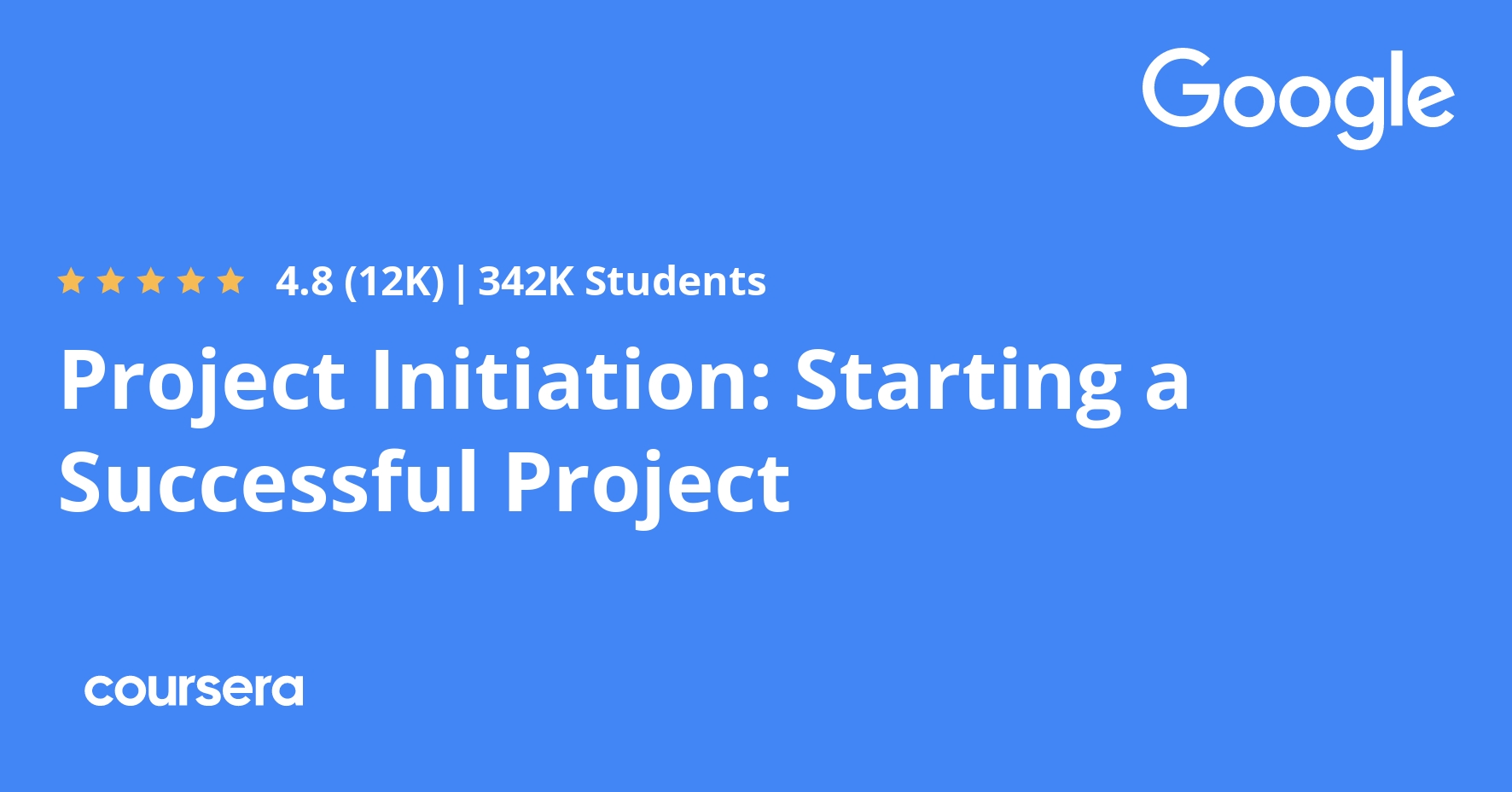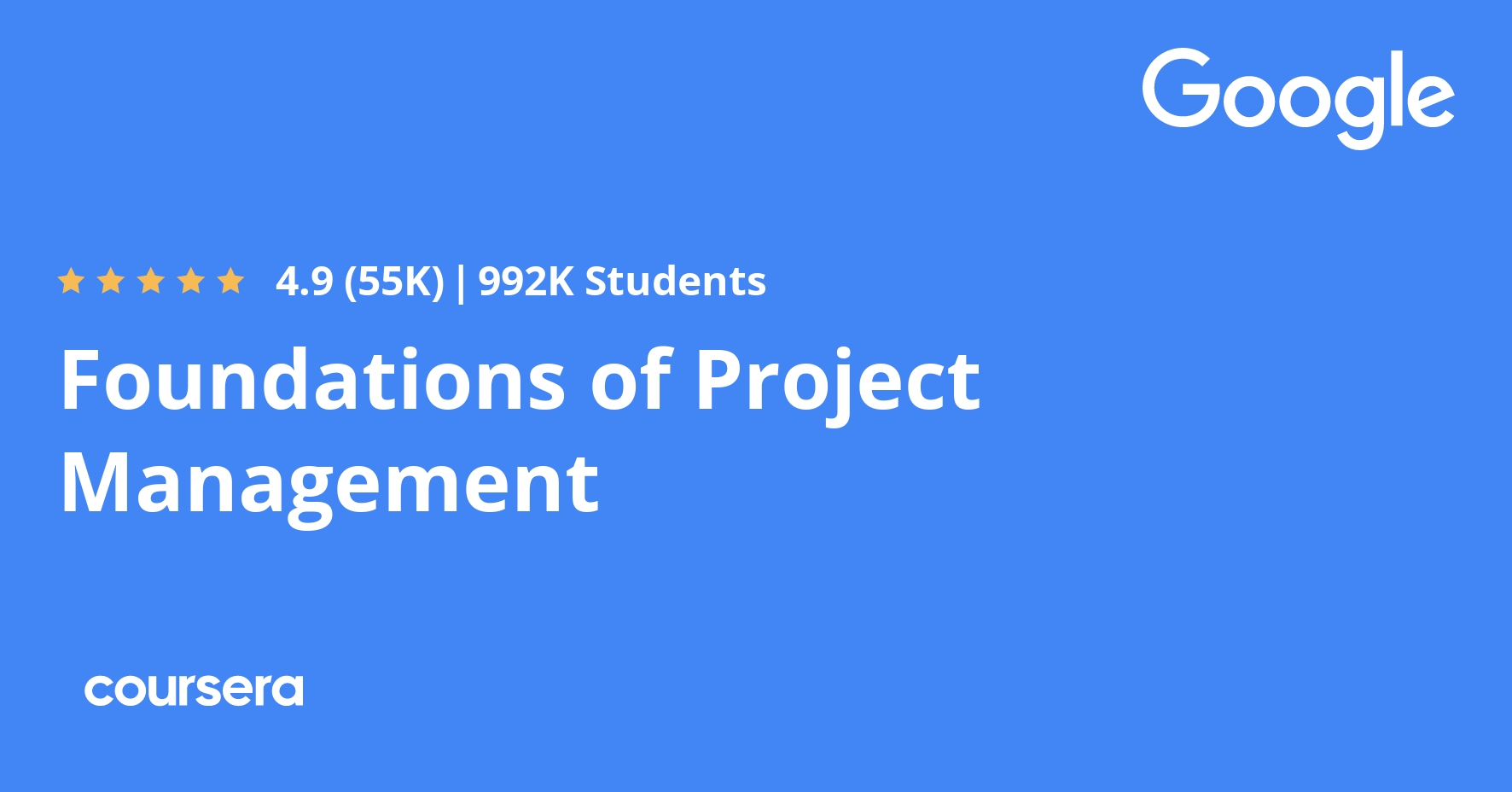Description
Integrated landscape management and large-scale landscape restoration should be in every company’s business strategy because in order to reach the Sustainable Development Goal on Land Degradation Neutrality (SDG Number 15.3) scaling up and acceleration of business-driven landscape restoration is urgently needed.
This requires business professionals with a vision, the right knowledge and skills. This MOOC aims to train the next generation of business professionals and developers to acknowledge business’ interdependency with healthy landscapes and understand the value of ecosystem resources.
“Historically, we have found countless ways to justify our continued exploitation of the environment: discovery, tradition, Manifest Destiny, even Chinese hoax. But we’re all out of excuses now. Each passing day swells the data on greenhouse gases and extreme weather, shrinking reservoirs and rising sea levels, and diminishing biodiversity. Our resources are finite, the window for change if not firmly shut, is certainly closing, and all life must adapt or be doomed.”
Téa Obreht,
The New Yorker, Dec. 19&26, 2016, p. 106.
It is a frightening prospect indeed – that all life on Earth must either adapt or be doomed. This course is about landscape degradation – a global and wicked problem that is contributing to the dooming prospect of depletion of Earth’s finite resources. But this course is also about the solutions to this problem – business driven landscape restoration.
So rather than leaving you powerless with the prospect Obreht puts fowards above, it is our hope that you learn how you can be part of the solution to making sure that Planet Earth still provides a safe and habitable home for future generations.
We must act big and we must act now.
With this course we want to pass on valuable knowledge and teach you useful skills that you can apply in your professional life that will enable you to tackle the issue of landscape degradation and restoration.
The issue is urgent, so let’s dive right into it.
This MOOC is developed by the ENABLE partnership, which is co-funded by the ERASMUS+ programme of the European Commission and involves a diverse, international group of organizations including Rotterdam School of Management, Erasmus University, Commonland, United Nations University Land Restoration Training Programme, the Spanish National Research Council and Estoril Global Conferences.
What you will learn
The business potential for Integrated Landscape Management and Restoration
This course is developed by ENABLE – which stands for European Network for Advancement of Business and Landscape Education. The objective of this course is to educate you about the role of business in landscape management and restoration and, vice versa, about the role of healthy landscapes for sustainable businesses. To accelerate integrated landscape management and large-scale business driven landscape restoration we need passionate professionals and practitioners. We will challenge you to become a professional who is not afraid to work as a game-changer in transformative collaboration aiming at landscape management and restoration. In this first video Simon Moolenaar from Commonland will give you an overview of the content and skills you can expect to learn about in each week, and what you can aim to take away at the end of the course. Simon will introduce you to one of the principal concepts of this course; landscape degradation and the scale of this problem globally. He will then show you the many dimensions there are to the relation between landscapes and businesses. Specifically, he will illustrate how there is both an economic cause for landscape degradation but also an economic logic to the solution – business-driven landscape restoration. You will be introduced to the Land Degradation Neutrality target which is one of seventeen Sustainable Development Goals (SDGs) set by the United Nations. Simon will explain how the SDGs can be used to raise awareness and mobilise the private and public sector for action. Another tool for landscape restoration you will learn about is the 4 returns framework developed by Commonland. This framework is about large-scale landscape restoration with 4 returns on investment: return of inspiration, return of natural capital, return of social capital and return of financial capital. We will then return to this framework and explore it in greater depth in the fourth week of the course. Let’s get started!
Land degradation and restoration of degraded ecosystems
Now that you have seen how important it is to restore degraded landscape you might ask yourself – how do I go about doing that? How do I even know if a landscape is degraded or not? How much can I expect to restore? What is it exactly in the landscape that we are restoring? You need to be able to answer these types of questions before you even start thinking about making a cost-benefit analysis or calculating a loss-profit statement for a restoration project. In the upcoming videos you will learn how to recognise healthy landscapes from degraded ones, and the types of interventions needed to recover degraded ecosystems. It is essential to have a good grasp of the natural processes of the land in order to be able to make decisions as an investor, business manager, or employer that maximise the impact of every dollar invested in restoring a landscape.
Economics of land degradation
How much is a plot of land worth? Is it worth as much as the crops grown on it? Is it worth as much as the next farmer is willing to pay for it? Who incurs the cost of damages to the land? What if you asked yourself this question: “What if I had never seen this before? What if I knew I would never see it again?” If you knew you could never see a plot of land again, would its value change? Rachel Carson, a pioneer of the global environmental movement, posed these questions to the readers of her ground-breaking book Silent Spring, encouraging them to open their eyes to the rampant problem of degradation of the natural environmental happening all around us. The world of business thrives on quantifying just about anything. If we want to make landscape restoration a financially sustainable activity then we need economic valuation methods to put a price tag on both the value of landscapes and ecosystem services, as well as on the cost and foregone revenues from landscape degradation. In this week, we will build on what you learned last week about the natural aspects of landscapes – to learn how to calculate the potential savings we can make by avoiding further degradation and the profits we stand to make from restored landscapes.
Commonland projects: process, team-roles and skills involved
In this week, you will learn about a way of approaching landscape restoration projects involving business, termed the 4 returns approach. We will travel to the Commonland projects in South Africa, Spain, Australia, and The Netherlands to hear from farmers and business developers how degraded landscapes can be restored while simultaneously creating sustainable businesses that generate employment and income for local communities. Through these examples you will learn what kind of roles are involved and what skills are needed to initiate and carry out this kind of restoration projects. Moreover, you will learn what kind of stakeholders to involve in a landscape restoration partnership and which phases a 4 returns restoration project goes through. We hope that these vivid examples of real-life restoration projects serve as a jumping board for you to play your own role in such a project.






